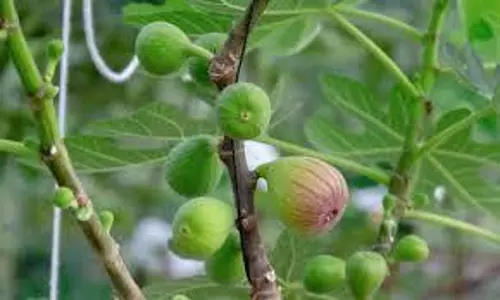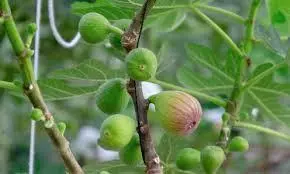
Fig trees lock carbon in stone, boost reforestation potential: study
text_fieldsResearchers have discovered that certain species of fig trees possess a unique ability to turn carbon dioxide into stone.
The groundbreaking study presented at the Goldschmidt geochemistry conference in Prague potentially revolutionises the way we approach carbon sequestration and climate mitigation.
Scientists from the University of Zurich, led by Mike Rowley, have found that fig trees native to Samburu County in Kenya can convert atmospheric CO2 into calcium carbonate — a process known as the oxalate-carbonate pathway. This means fig trees don't just store carbon in their biomass like most plants, but also trap it in mineral form, which remains in the soil for much longer than organic carbon.
"A large part of the trees becomes calcium carbonate above ground," Rowley explained, according to New Scientist. "We [also] see entire root structures that have pretty much turned to calcium carbonate in the soil where it shouldn't be, in high concentrations."
What makes this finding particularly exciting is that fig trees could serve a triple function in ecological planning — producing fruit, storing organic carbon via photosynthesis, and now, capturing inorganic carbon in a far more stable form.
Rowley expressed surprise at the extent of the mineralisation process. "What was really a surprise, and I'm still kind of reeling from it, is that the [calcium carbonate] had really gone far deeper into the wood structures than I expected," he said. "I expected it to be a superficial process in the cracks and weaknesses within the wood structure."
Given these findings, researchers are now focusing on how fig trees might be integrated into large-scale reforestation and agroforestry initiatives. Their goal is to measure exactly how much CO2 the trees can lock away, evaluate how much water they require, and assess their suitability for different landscapes.
Beyond carbon capture, these trees may also improve soil health — another reason experts are exploring their potential for long-term environmental benefit.
























